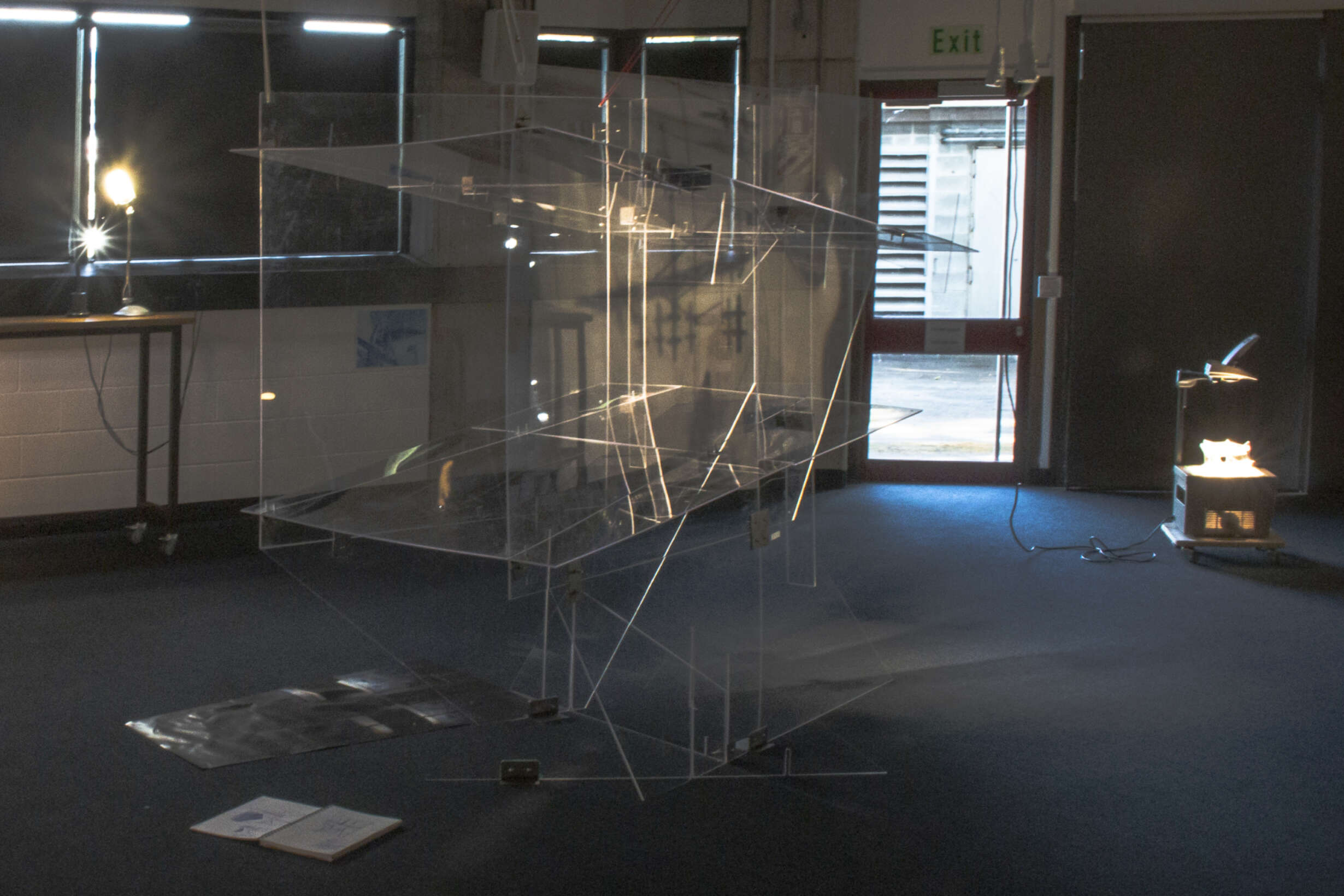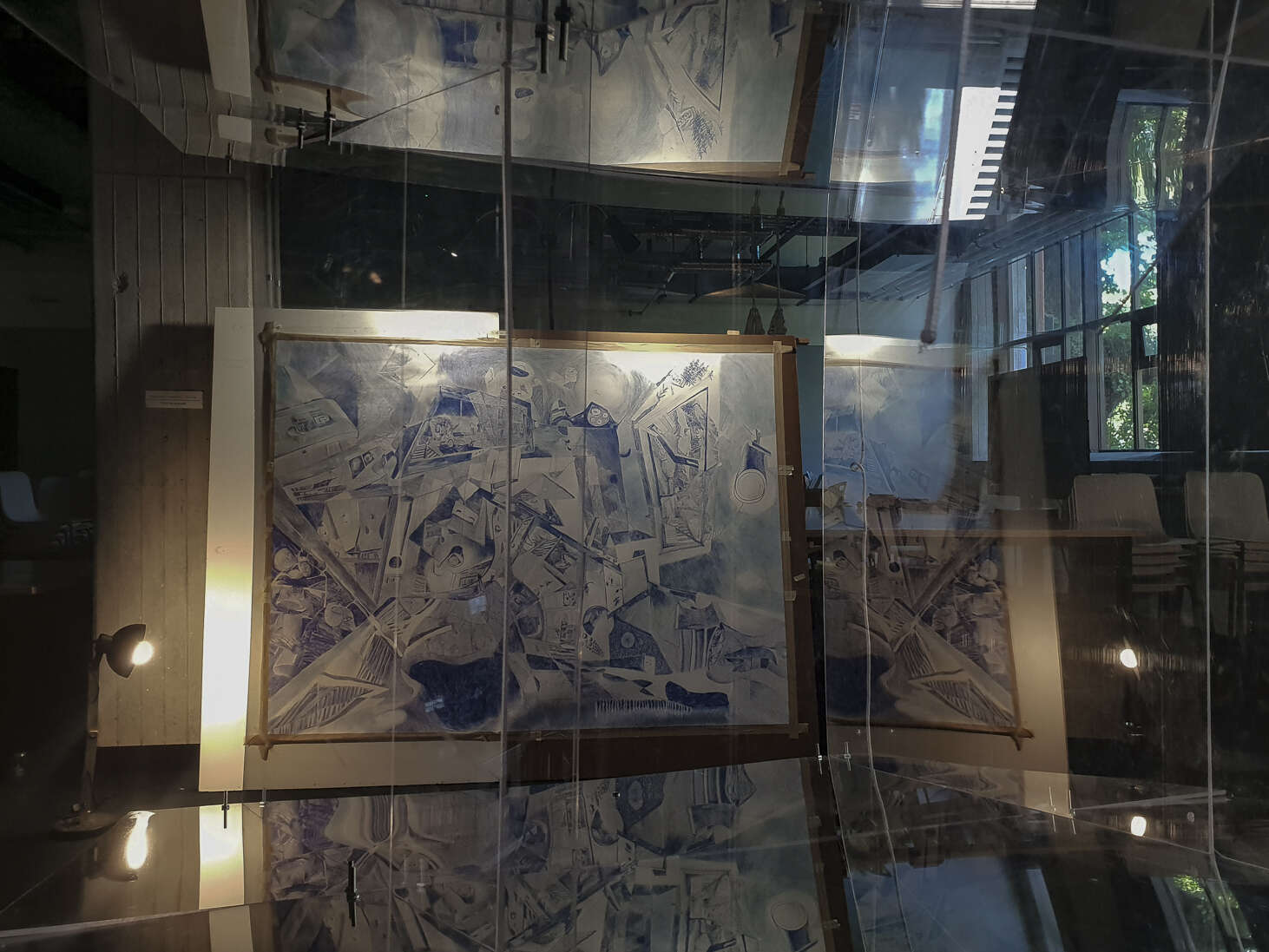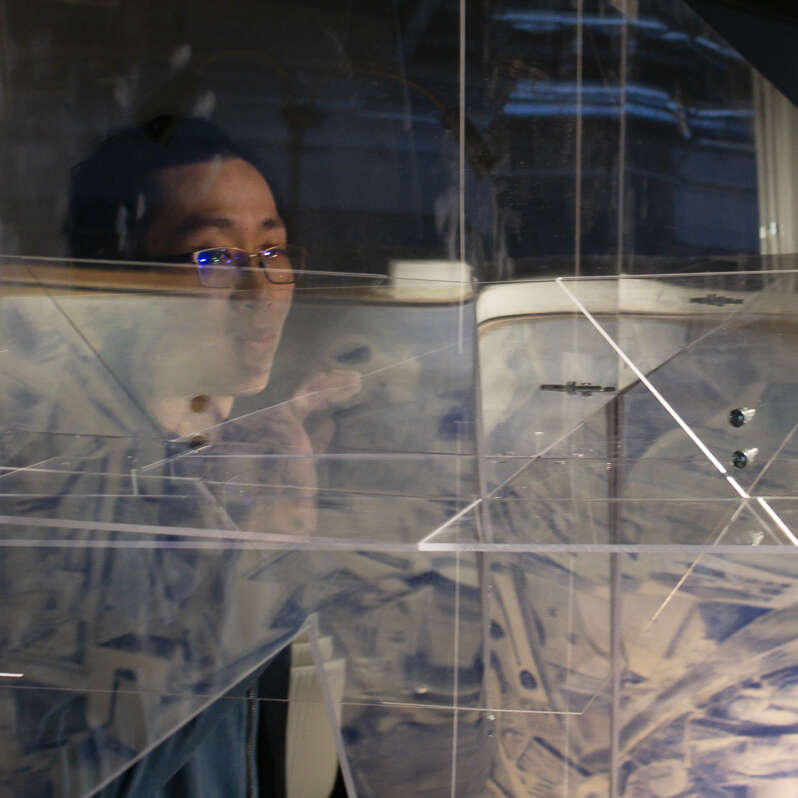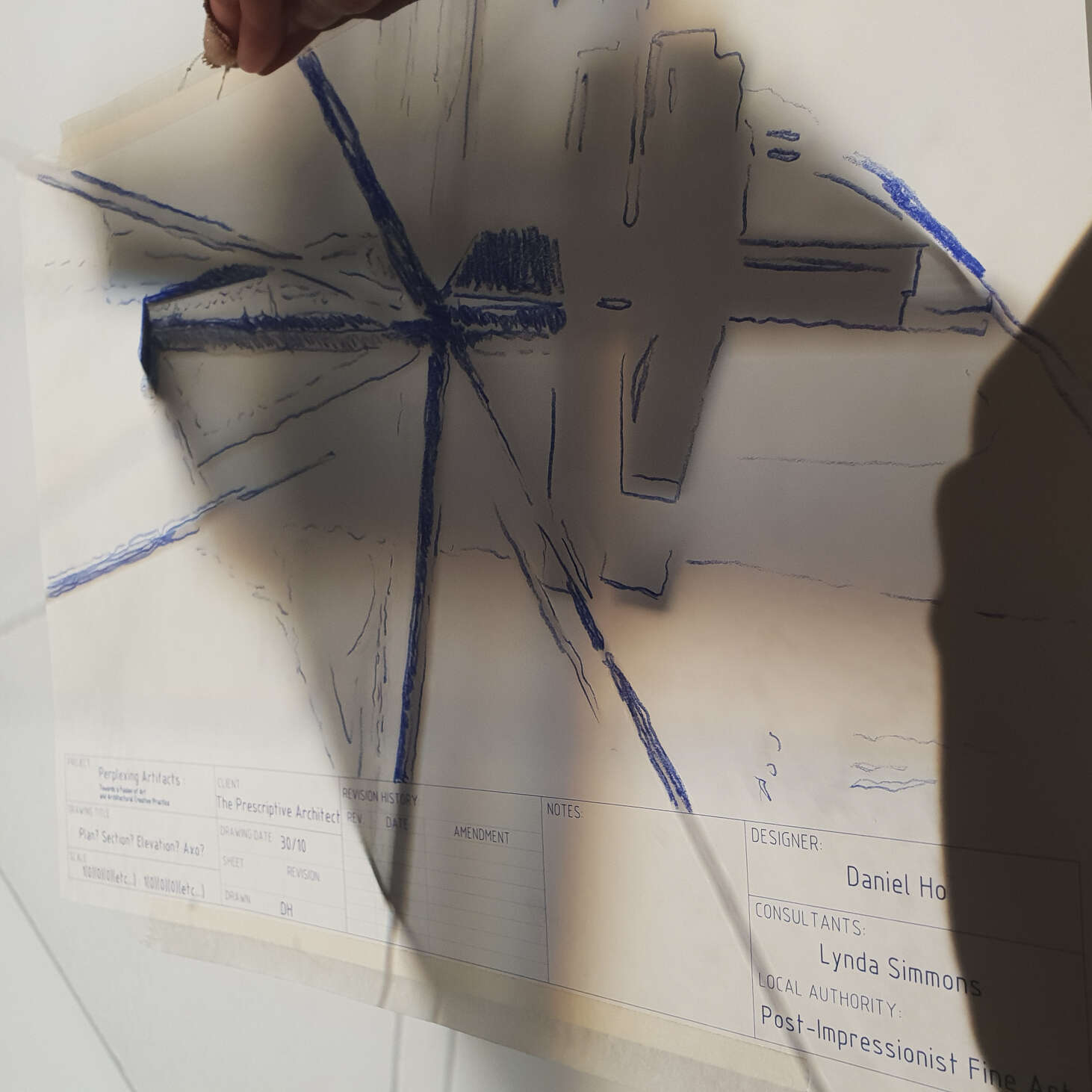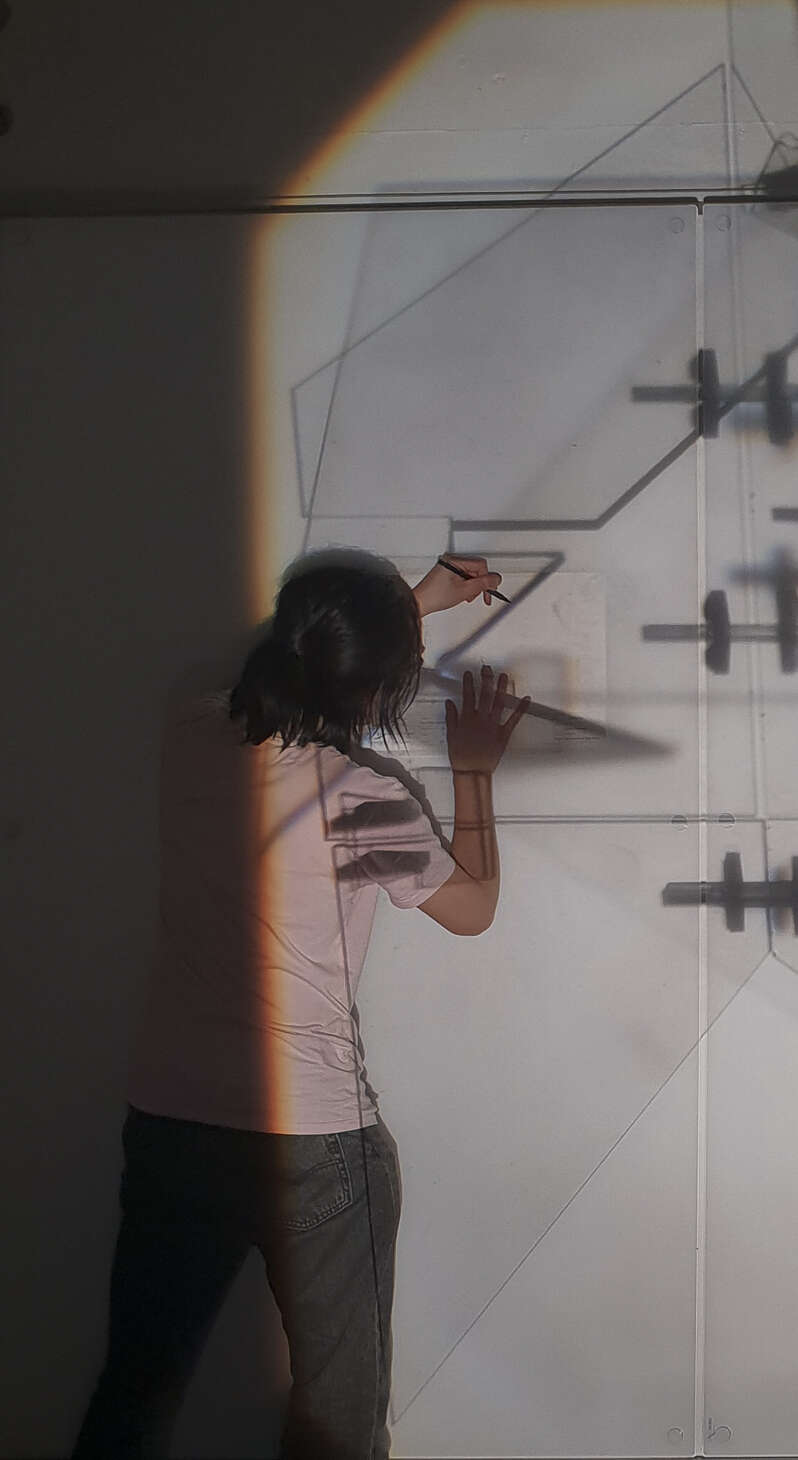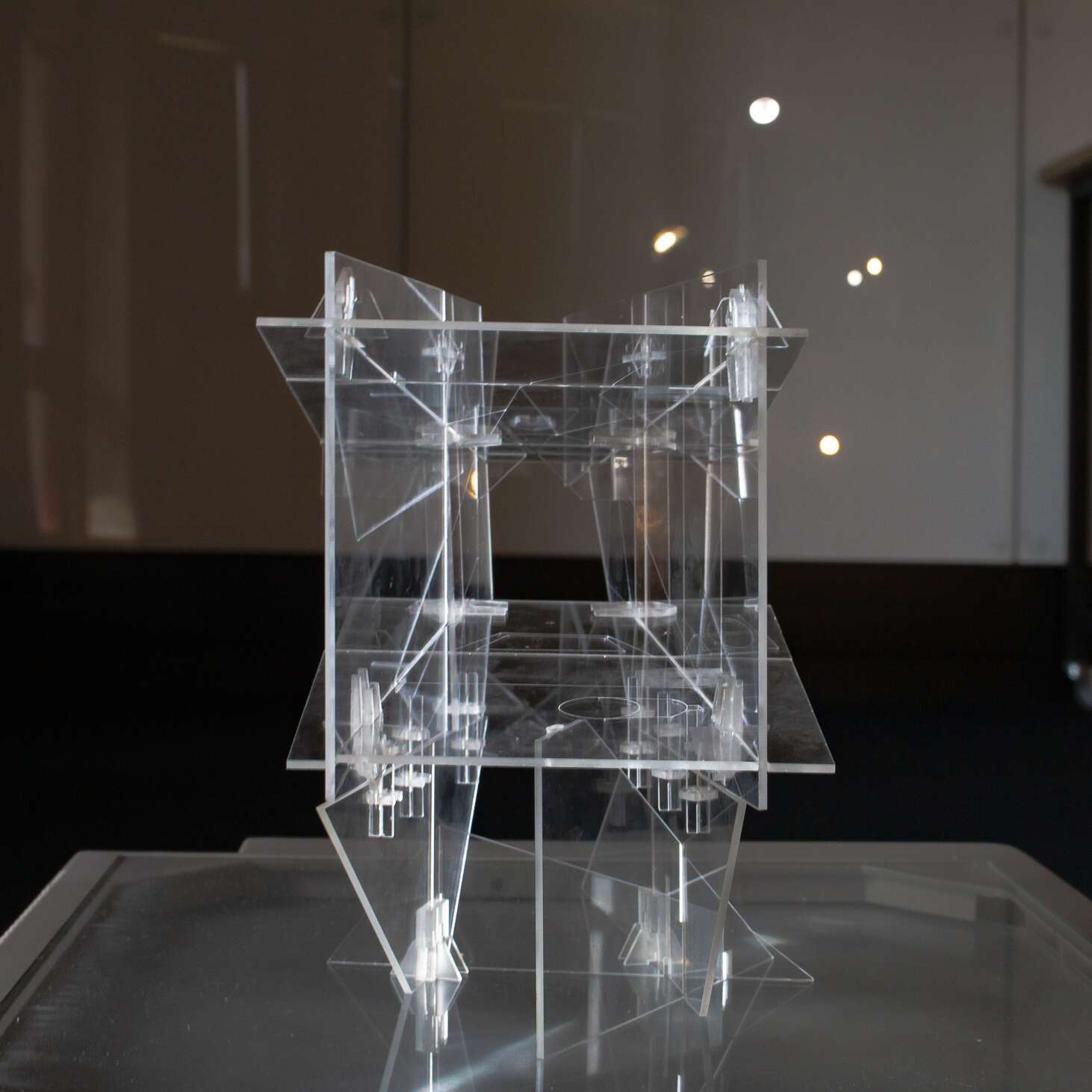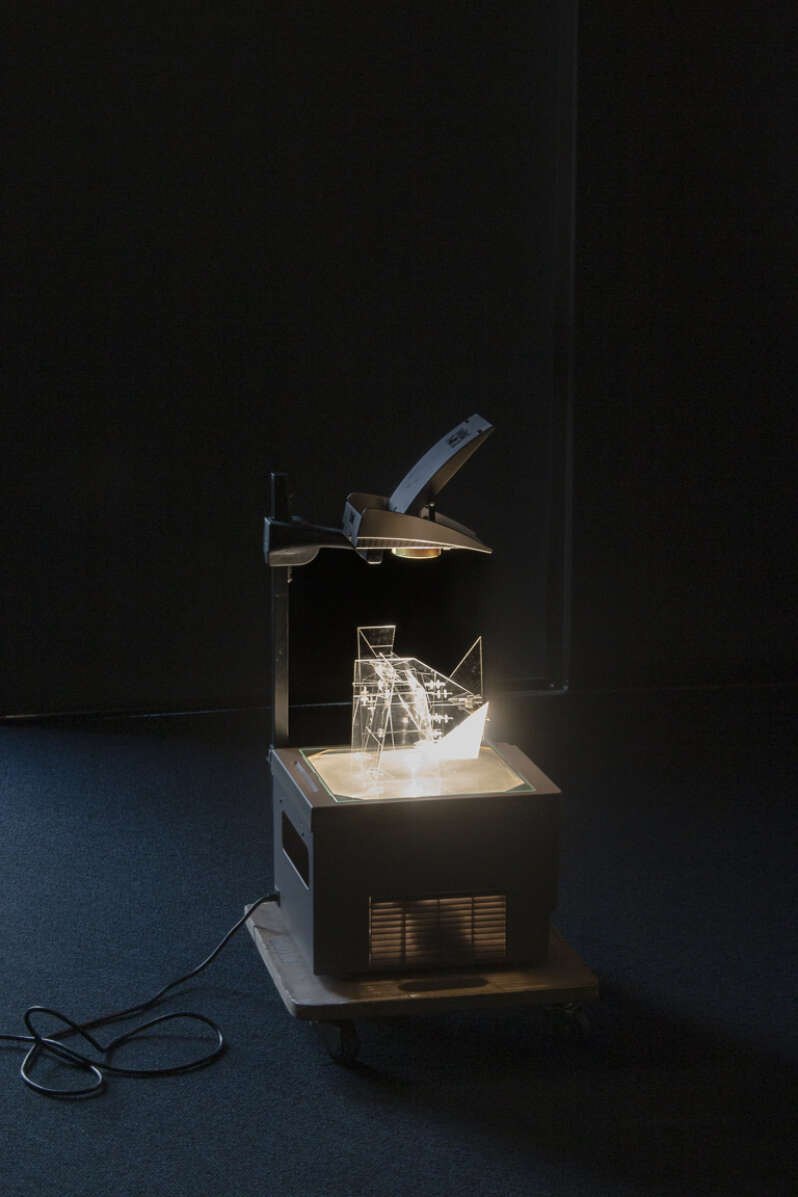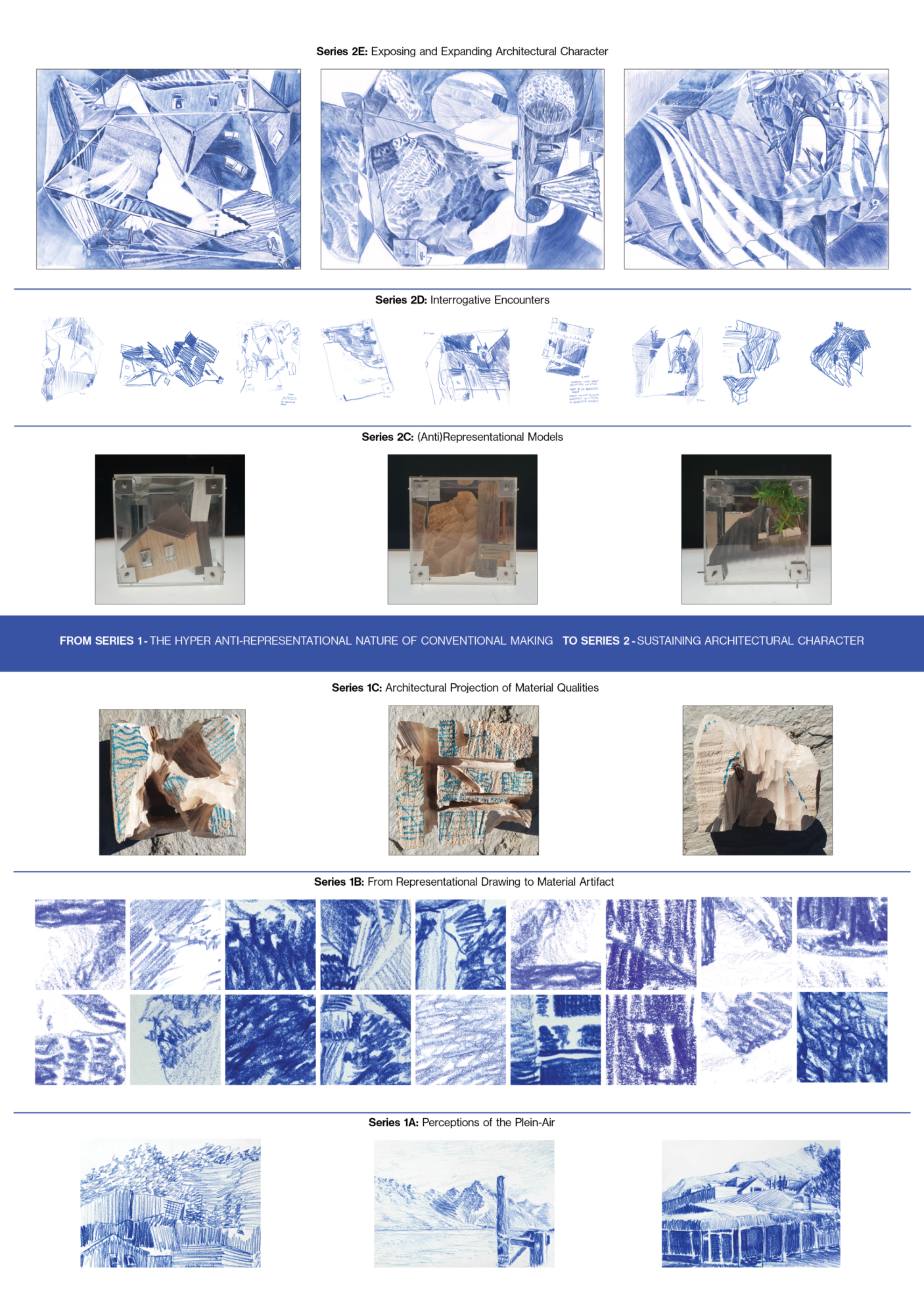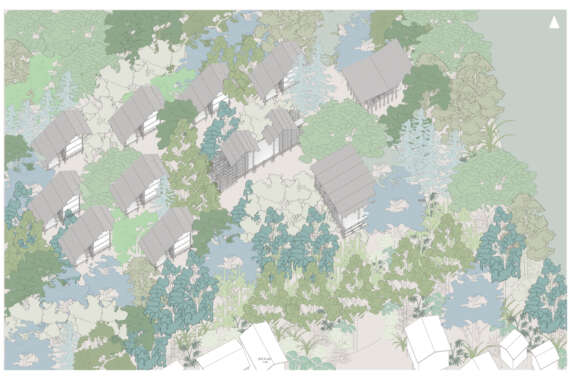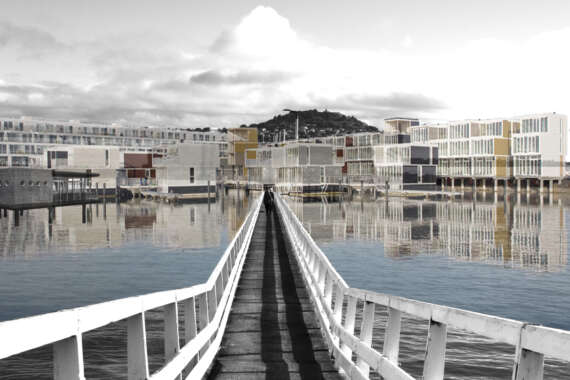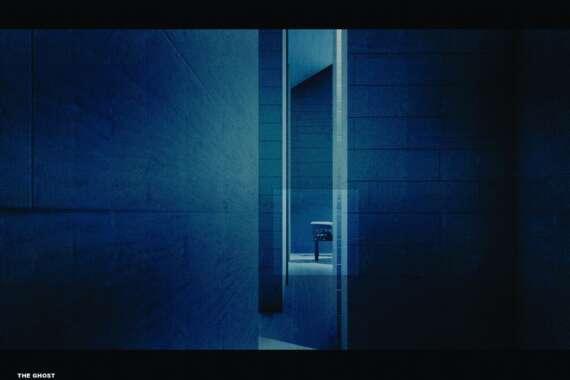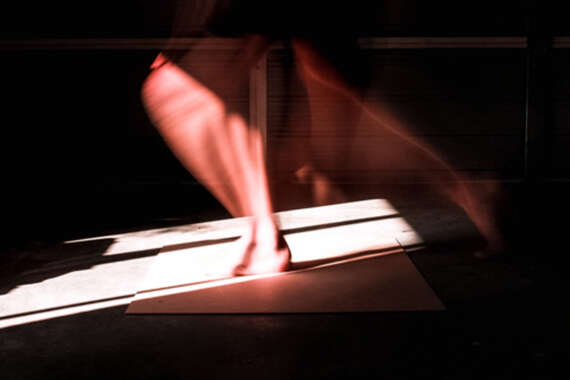Perplexing Artifacts: Towards a Fusion of Art and Architectural Creative Practice
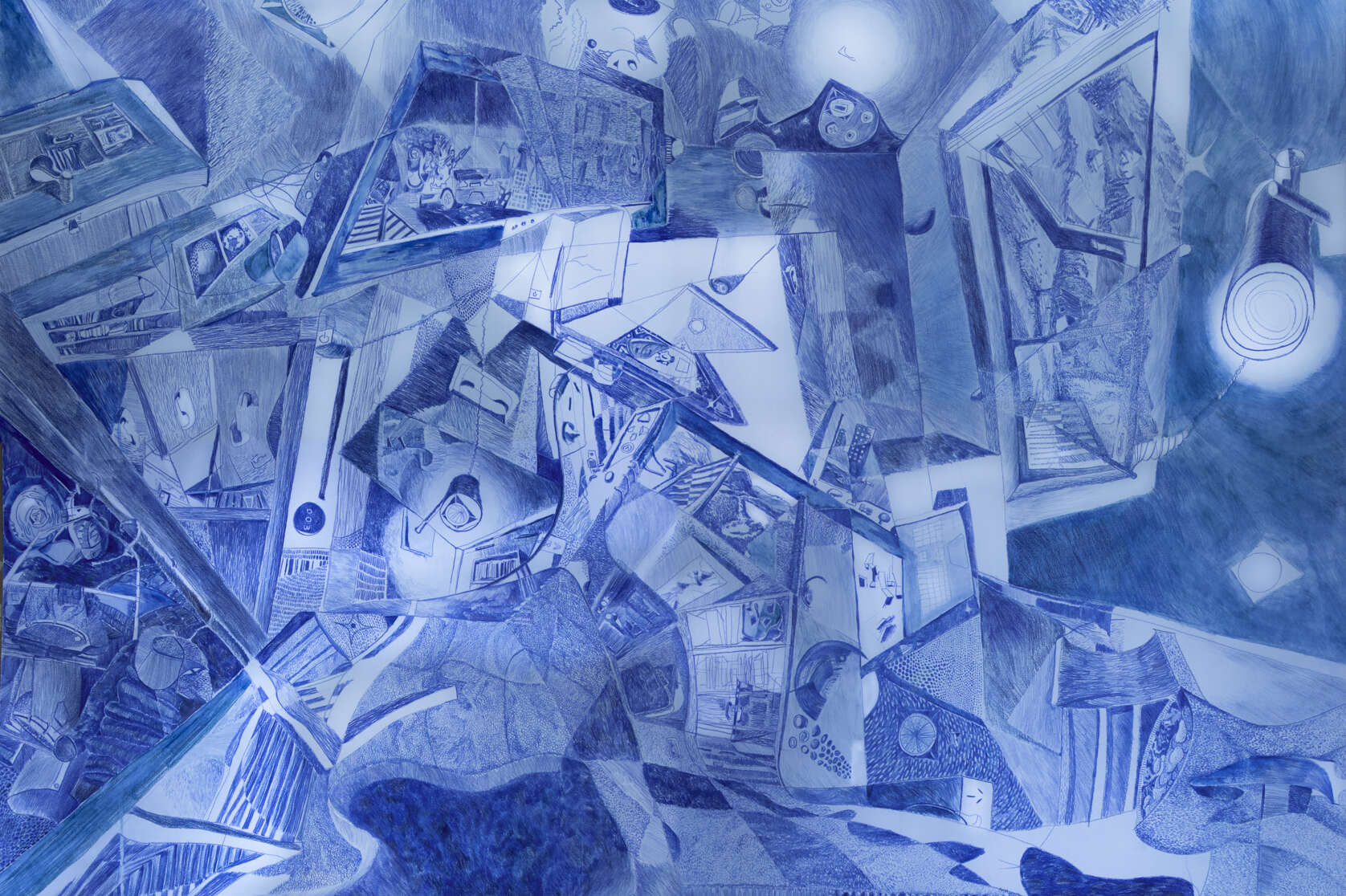
This thesis is about fusing fine arts and architectural creative practice, two disciplines distanced by their approaches to relating the human, non-human, and object. The typical architect's response is to design physical, sensual, and conceptual identities. Meanwhile, the artist creates the lenses for humans to inquire into their relationships.
The architect tends to articulate all into the canon of a singular objective, while the artist questions and illuminates unexpressed faces to the objective.







